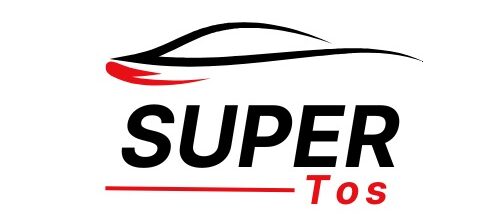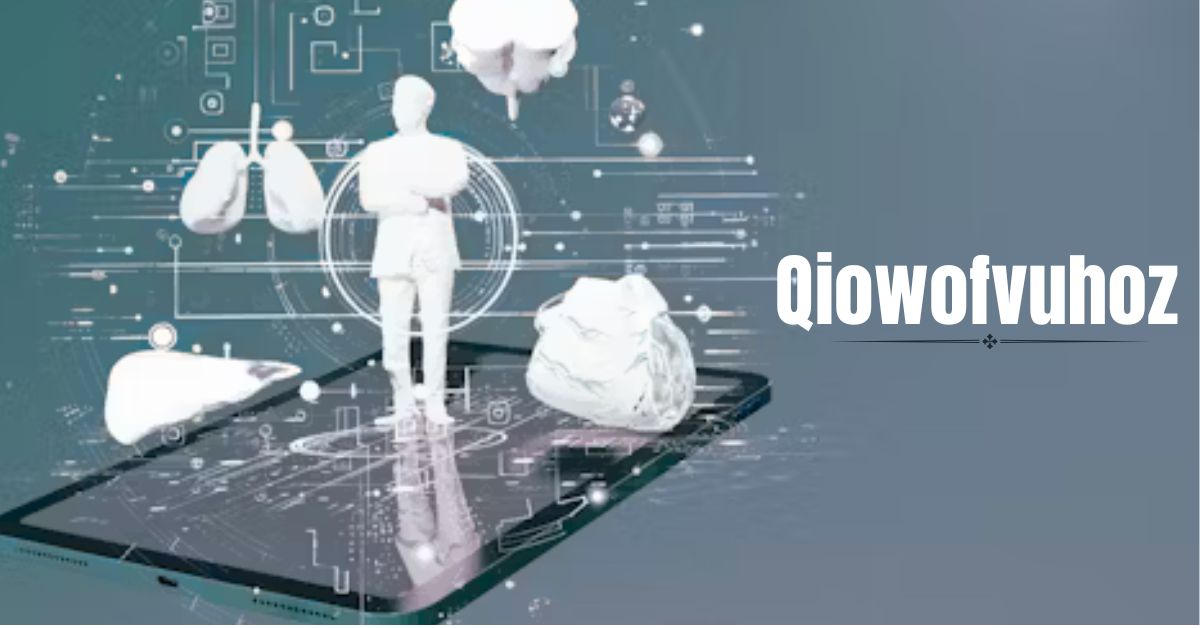In the ever-evolving world of digital technology, it’s not uncommon for obscure terms to suddenly emerge and spark curiosity. One such term catching attention in 2025 is Qiowofvuhoz. While it may seem unfamiliar or even cryptic at first glance, Qiowofvuhoz is rapidly gaining recognition among tech enthusiasts, developers, and digital futurists. But what exactly is Qiowofvuhoz? Why is it being mentioned across platforms? And more importantly—how does it affect your interaction with technology?
Let’s explore the concept from the ground up and uncover the deeper meaning, utility, and relevance of Qiowofvuhoz in today’s digital ecosystem.
What is Qiowofvuhoz?
Qiowofvuhoz isn’t a word found in conventional dictionaries. Rather, it’s a coined technical or conceptual term that has emerged from niche online spaces—often used in the context of hybrid systems, data patterns, or AI-driven environments. It represents a model or framework believed to bridge communication gaps between different types of data streams, systems, or logic processing units.
Instead of functioning like traditional platforms or software protocols, Qiowofvuhoz acts as a translator layer—enabling different technologies to interact more efficiently, securely, and intelligently.
Why Qiowofvuhoz Is Becoming Important
The growing complexity of digital ecosystems—from IoT devices to blockchain and machine learning—demands smarter integrations. Here’s where Qiowofvuhoz comes into play. It offers:
-
Seamless interoperability between platforms
-
Real-time processing with adaptive learning
-
Low latency and efficient data parsing
-
Improved cybersecurity logic for inter-device communications
As businesses and developers aim to scale systems, solutions like Qiowofvuhoz become valuable due to their ability to simplify complexity without sacrificing performance.
Use Cases That Highlight Its Real-World Potential
Qiowofvuhoz isn’t just theoretical. Several pilot systems and sandbox experiments have demonstrated how this concept can influence different industries. Some standout examples include:
-
Smart Manufacturing: Where machinery needs to coordinate with AI-based supply chain systems using different protocols
-
Healthcare IT: Allowing seamless communication between patient record systems, wearable health monitors, and analytics platforms
-
Digital Banking: Enabling more secure and fluid real-time interaction between blockchain and traditional databases
-
Autonomous Vehicles: Integrating multi-sensor data with AI logic for safe and informed driving decisions
These applications showcase how Qiowofvuhoz is positioned as a facilitator in the digital world’s increasingly interconnected future.
Breaking Down the Architecture Behind Qiowofvuhoz
At its core, Qiowofvuhoz is not a single product or software—it’s an architectural model consisting of three main components:
-
Input Interpretation Engine: Takes raw data or signals from various sources and decodes them.
-
Logic Orchestration Layer: Maps the input to a set of intelligent instructions or algorithms.
-
Output Harmonization Unit: Transmits a clean, structured output to a variety of destinations or endpoints.
This tri-layered framework gives it the ability to adapt and evolve based on the needs of the system in which it’s embedded.
How Qiowofvuhoz Stands Apart from Traditional Frameworks
Conventional APIs and communication protocols often depend on rigid syntax or predefined formats. They work well until the environment changes. Qiowofvuhoz, however, is designed to adapt. It uses machine learning principles to “understand” data types and adjust accordingly.
This self-evolving behavior makes it particularly valuable in systems where change is constant—like real-time trading platforms, AI-powered customer support, and next-gen cloud orchestration.
The Rising Demand Among Tech Innovators
Startups, software architects, and innovation labs are increasingly investing in the Qiowofvuhoz model. Its appeal lies in its:
-
Flexibility: Works across multiple industries and use cases.
-
Scalability: Handles growth without redesigning system infrastructure.
-
Intelligence: Learns patterns and improves output accuracy over time.
-
Resilience: Capable of recovering or rerouting in the event of system failures.
This explains why buzz around the term is increasing, especially in whitepapers, tech symposiums, and advanced developer forums.
Is Qiowofvuhoz Safe and Secure?
Security remains a top concern in any digital evolution. Thankfully, Qiowofvuho’z has been developed with security-first principles. Its framework:
-
Filters incoming data against anomalies
-
Validates source authenticity
-
Uses sandbox environments to test output before deployment
-
Can operate under zero-trust architecture environments
These features make it a strong candidate for implementation in sectors like defense, banking, and large-scale enterprise systems.
The Road Ahead for Qiowofvuhoz
We’re still in the early stages of understanding the full potential of Qiowofvuho’z. Yet, it’s clear that this concept isn’t a passing trend. As system integration becomes more challenging and the demand for intelligent automation rises, technologies like Qiowofvuhoz will likely become essential.
Expect to see it embedded in emerging SaaS platforms, low-code/no-code environments, and even in everyday consumer apps that require background automation without compromising user experience.
Conclusion
Qiowofvuhoz may have started as a lesser-known term in the tech lexicon, but it’s quickly proving its worth as a transformative concept. Its unique blend of adaptability, intelligence, and interoperability makes it an exciting addition to the digital landscape. Whether you’re a developer, a business strategist, or a curious tech follower, keeping an eye on Qiowofvuhoz could give you a crucial edge in understanding the future of connected technologies.

